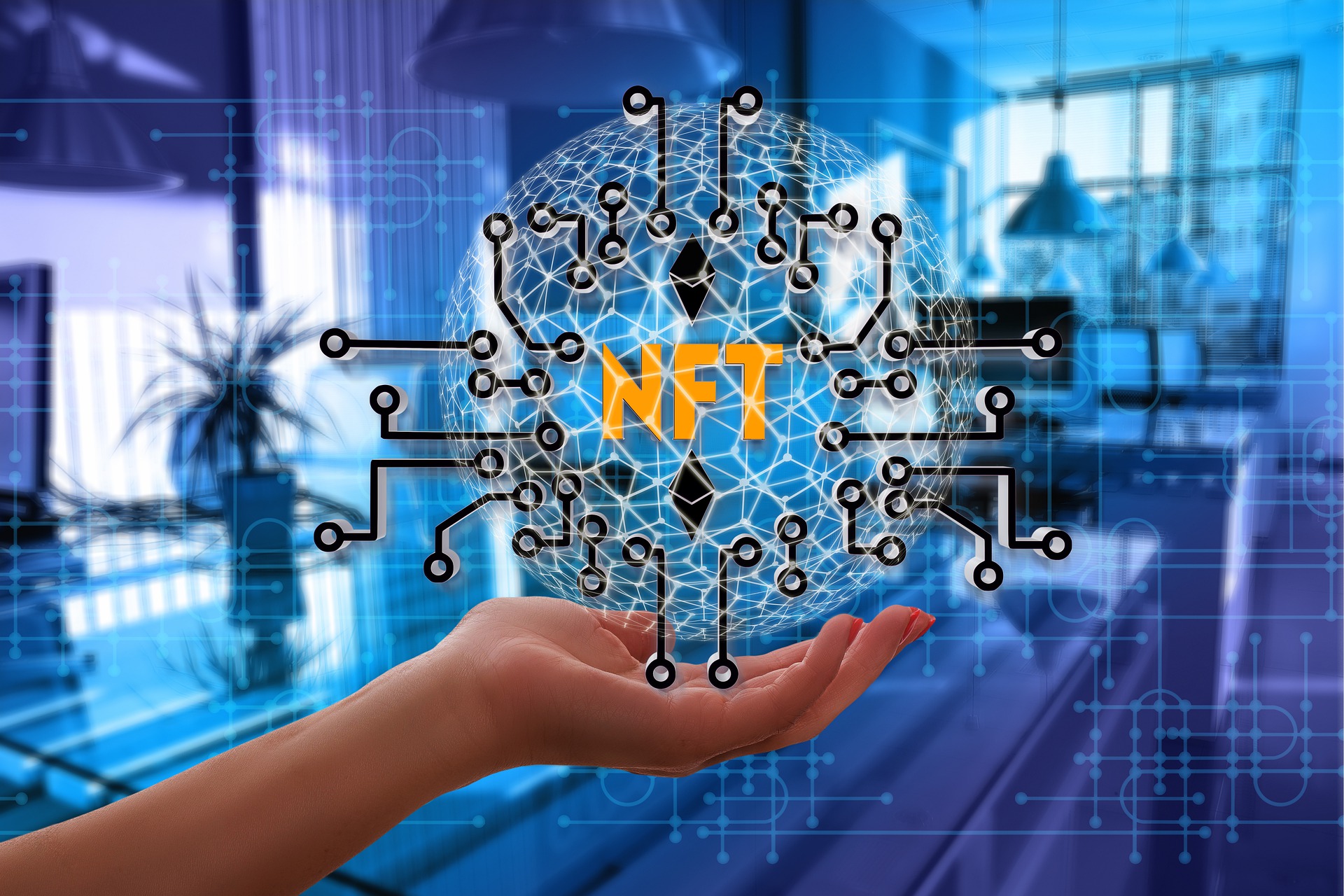Non-Fungible Tokens (NFTs) have taken the digital world by storm, redefining the concept of ownership and revolutionizing the art and collectibles market. These unique digital assets, built on blockchain technology, have captured the attention of artists, musicians, collectors, and investors worldwide. NFTs have fetched impressive prices, with some reaching astronomical figures. In this article, we will explore the most expensive NFT ever sold, the factors behind its high value, and the implications of these record-breaking sales.

The Rise of NFTs
NFTs have emerged as a new way to represent ownership of digital assets, such as artwork, music, videos, virtual real estate, and more. Each NFT is one-of-a-kind, making it non-fungible and different from traditional cryptocurrencies like Bitcoin or Ethereum, which are interchangeable and have equal value.
The technology behind NFTs is blockchain, a decentralized and immutable ledger that ensures the authenticity and provenance of each digital asset. When an NFT is created, it is minted on the blockchain, associating the unique digital asset with a cryptographic token. This token serves as a certificate of ownership and provides verifiable information about the asset, such as the creator’s information, the asset’s title, and its attributes.
The Most Expensive NFT Ever Sold
As the NFT market continues to gain momentum, record-breaking sales have made headlines worldwide. The title for the most expensive NFT ever sold belongs to “Everydays: The First 5000 Days,” an artwork created by the digital artist Beeple (real name: Mike Winkelmann).
The artwork is a digital collage of 5,000 individual images that Beeple created daily over a period of more than 13 years. The piece, spanning a vast range of themes, styles, and techniques, was minted as an NFT and auctioned at the prestigious Christie’s auction house. The auction took place from February 25 to March 11, 2021.
On March 11, 2021, the hammer fell at an astonishing price of $69.3 million, making “Everydays: The First 5000 Days” the most expensive NFT ever sold and positioning Beeple among the highest-paid living artists. The buyer of the NFT was a cryptocurrency investor known by the pseudonym “Metakovan,” who revealed himself to be Vignesh Sundaresan.
Factors Behind the High Value
Several factors contributed to the high value of “Everydays: The First 5000 Days” and other record-breaking NFT sales:
-
Rarity and Uniqueness: NFTs are prized for their uniqueness and scarcity. “Everydays: The First 5000 Days” is an unparalleled artwork, spanning over a decade of daily creations by the artist. The concept of owning a digital artwork that is not reproducible or interchangeable appeals to collectors and enthusiasts.
-
Artistic Recognition: Beeple’s status as a highly acclaimed digital artist played a significant role in the NFT’s value. His body of work and reputation attracted a considerable amount of attention and interest from the art world and beyond.
-
Media Attention: The Christie’s auction of “Everydays: The First 5000 Days” generated substantial media coverage. The high-profile auction brought NFTs to the forefront of mainstream media, sparking discussions about digital art, blockchain, and the future of collectibles.
-
Crypto Wealth: The buyer, Metakovan, is a prominent figure in the cryptocurrency space and has substantial crypto wealth. Crypto investors and early adopters with significant resources are often drawn to the NFT market, contributing to the escalating prices.
Implications of Record-Breaking NFT Sales
The record-breaking sale of “Everydays: The First 5000 Days” and other high-value NFTs have significant implications for the art and collectibles market, the blockchain industry, and the future of ownership:
-
Art as an NFT Asset: The sale of “Everydays” and other digital artworks as NFTs have elevated digital art to new heights. It challenges the traditional art market and opens up new possibilities for artists to monetize their digital creations.
-
Tokenization of Real-World Assets: NFTs have demonstrated their potential to represent ownership of real-world assets such as real estate, luxury goods, and commodities. The tokenization of physical assets allows for fractional ownership and enhances liquidity in traditionally illiquid markets.
-
Cultural Shift in Ownership: The rising interest in NFTs signifies a cultural shift in how ownership is perceived. Digital ownership through NFTs provides a new level of authenticity and provenance for digital assets, challenging the concept of traditional ownership tied to physical objects.
-
Technological Advancements: The popularity of NFTs has catalyzed advancements in blockchain technology and decentralized platforms. Developers are working on scalability solutions and environmental sustainability to address concerns surrounding the energy consumption of certain blockchain networks.
Conclusion
The record-breaking sale of “Everydays: The First 5000 Days” and other high-value NFTs have brought attention to the potential of blockchain technology in the art and collectibles market. The uniqueness, rarity, and provenance that NFTs offer have attracted artists, collectors, and investors alike, creating a vibrant and dynamic digital economy.